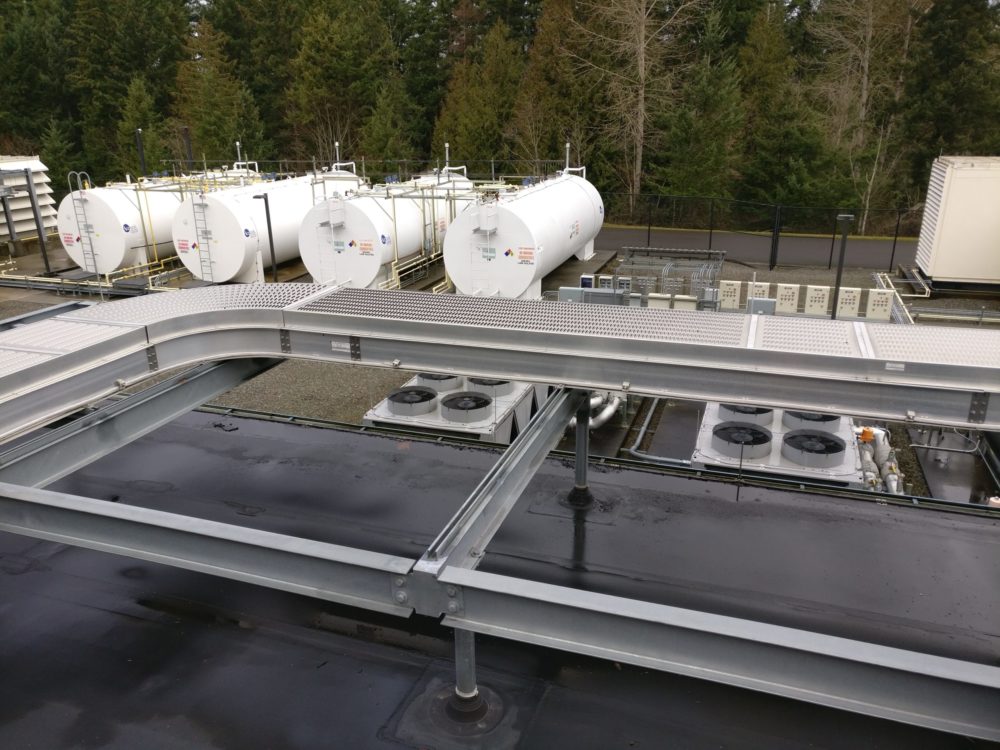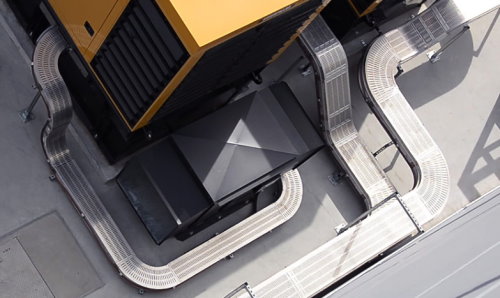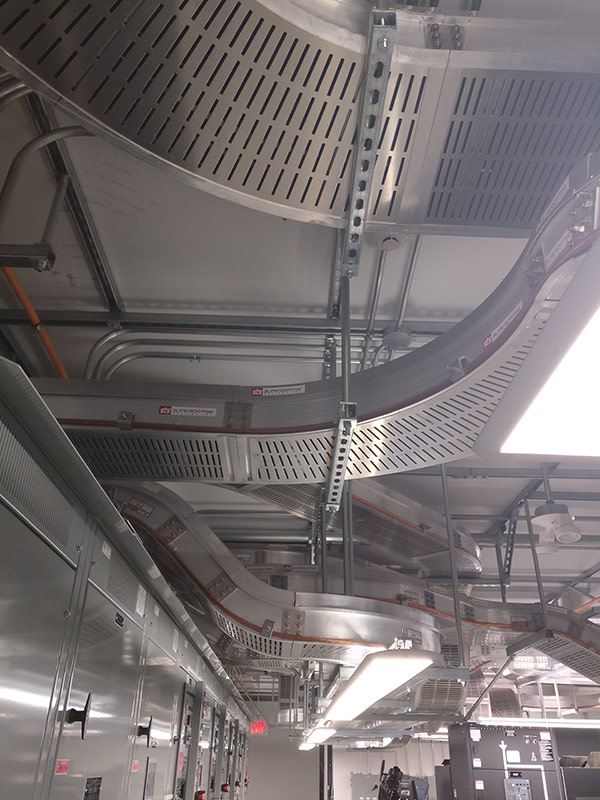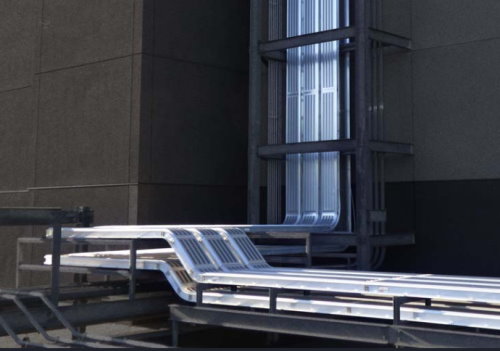It also tells the phase angles and voltage magnitude at every bus and the specific magnitude in different branches under the right conditions. This article gives information on the best way to do a load flow analysis for radial distribution systems.
Load Flow Analysis

Load flow analysis is a complex procedure because it involves hundreds of buses and different distribution systems, leading to complex calculations. Load flow analysis is a process that mainly entails evaluating voltage phases and magnitudes at every node then using the results to compute the voltage or current at every branch plus the total power flowing through the branches, including the overall power losses.
Backward and Forward Sweep Method
This technique is implemented in analyzing the power flow analysis of radial distribution systems using recursive equations. To get a good understanding of the backward and forward sweep method, we are going to have a look at the backward path, the forward path, and the backward and forward sweep path. This part of the article looks at exactly that.
Backward Path
For the backward path, the idea is to identify the current flowing in every part of the distribution system by paying attention to the constant value of voltages located in the prior iteration while the flat voltage is found in the initial iteration. The backward path entails carrying power from the last node to the source node.
We review What is Relay and Busbar in this article.
Forward Path
The forward-path commences in the source node and goes all the way to the far end node, which aims to calculate the total voltage at every bus while keeping the overall current constant. This means that the obtained current will be held at a constant level during the forward propagation. Calculated voltage is compared to specified voltages and if the error is within the tolerated limits, the process is halted and power line losses calculated.
You can read about What is the Difference Between a Busbar and a Feeder in this article.
Backward and Forward Sweep Method
The backward and forward sweep method combines both aspects of the backward and forward paths. The first step entails reading bus data and line reactance and resistance data. After that, read base Megavolt Amperes (MVA) and base Kilovolt (KV) and calculate per unit values of loaded data. Afterward, backward walk from end node to the source node to identify overall current while maintaining flat initial voltages at constant. The next step is to forward walk from the source node all the way to the end node to identify the voltages while updating current values frequently. Next, check if there is a mismatch between calculated and specified voltages at the substation. In case the mismatch is more than the convergence tolerance, then you may need to repeat the entire process. However, if the mismatch is less than the convergence tolerance, you can now calculate total active and reactive power losses with the voltage and current obtained from the backward and forward sweep technique.
Details about the Radial Distribution System
Based on the way operations take place, a distribution system can be classified as a radial distribution network, interconnected system, or ring main system. Proper selection of the radial distribution system is ideal for analyzing, study, and review of the phase distribution system. The system can be optimized in a variety of ways to ensure proper overall function such as local search optimization. This optimization technique is used for determining, busses, nodes, and other important elements of the radial distribution system.
The backward and forward sweep method has been proved an effective way to perform load flow analysis for radial distribution systems. In fact, overall effectiveness was tested on a bus radial distribution system with different loads, which had minimum, medium, and high loading conditions. The distinct loading conditions provided diverse voltage profiles and power losses in the system. It is true to say that this method is ideal for fast convergence of the power flow analysis in radial distribution systems.
A radial distribution can be explained as a system where the power is received at utility voltage levels using a substation. The power passes through the system and later converted for individual end-use. A load flow analysis is important for calculating and planning for the power in the radial distribution system.



